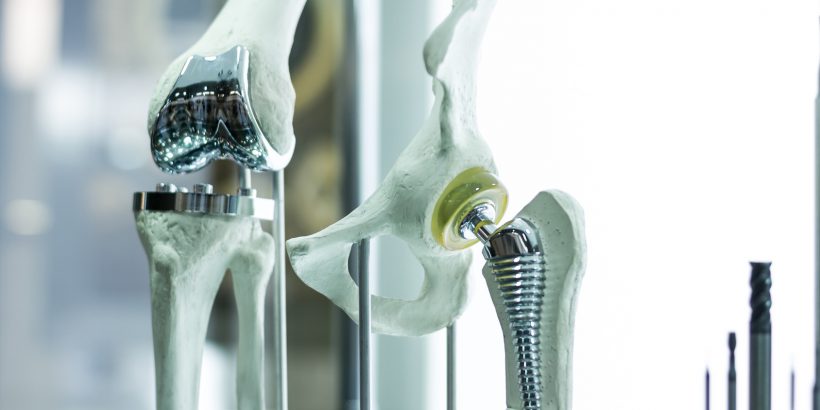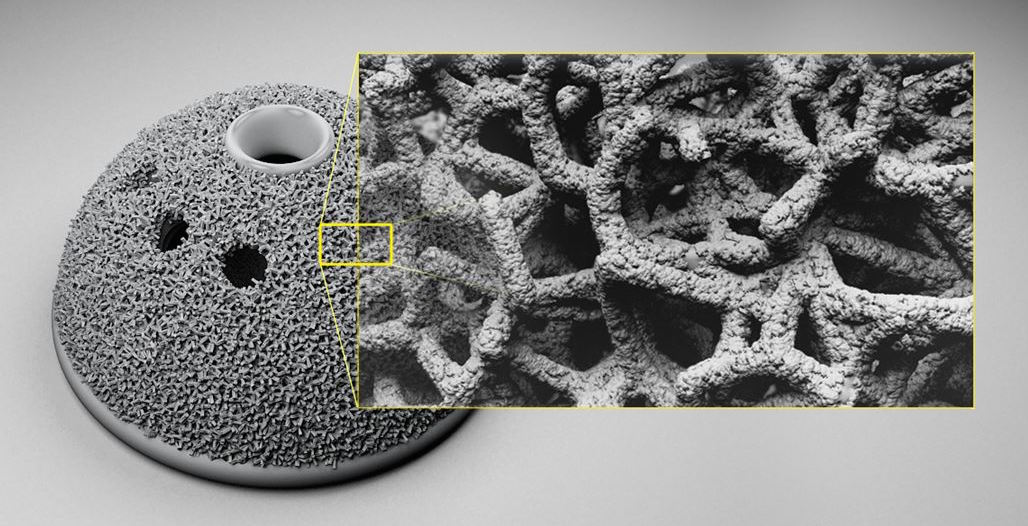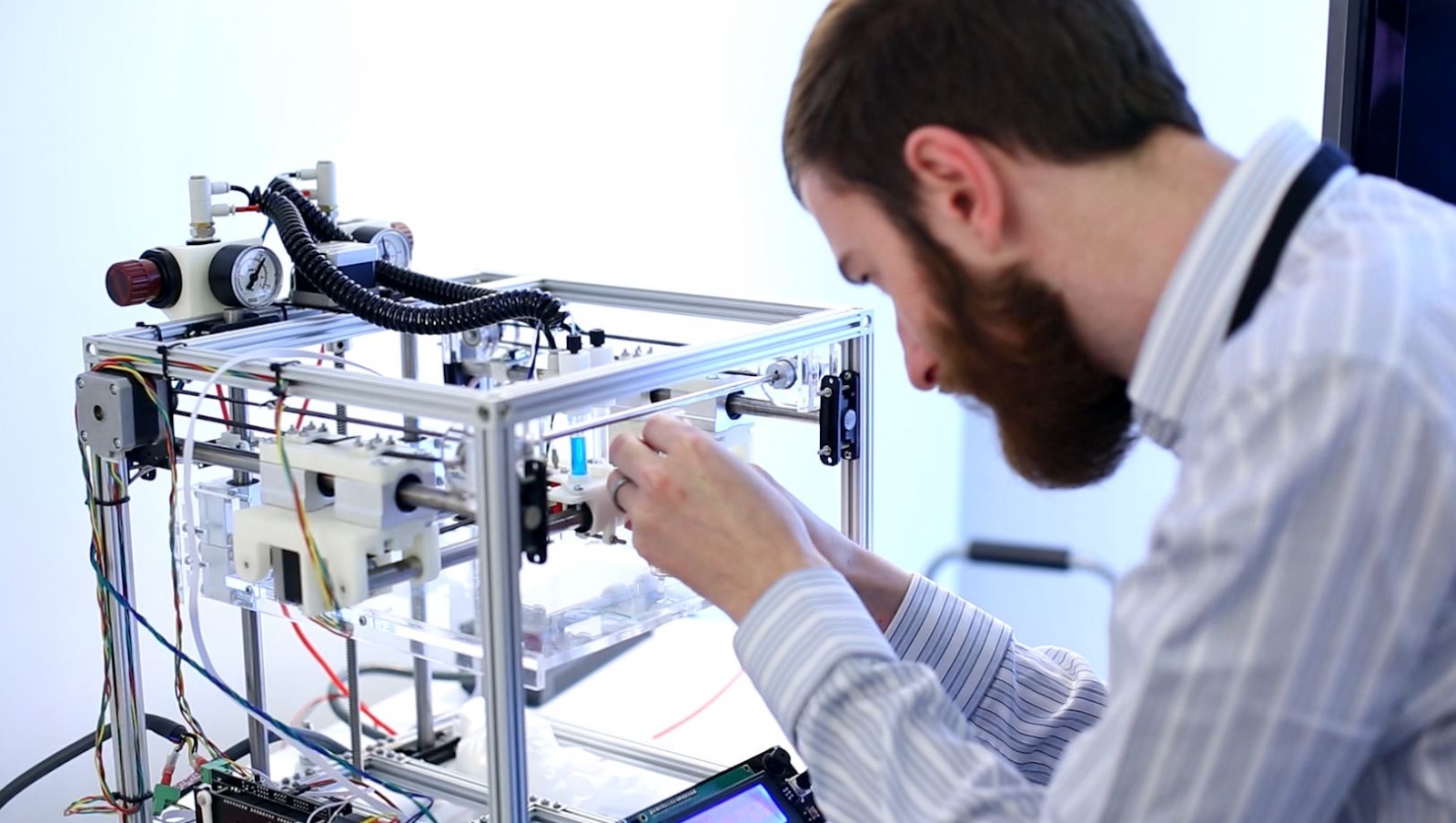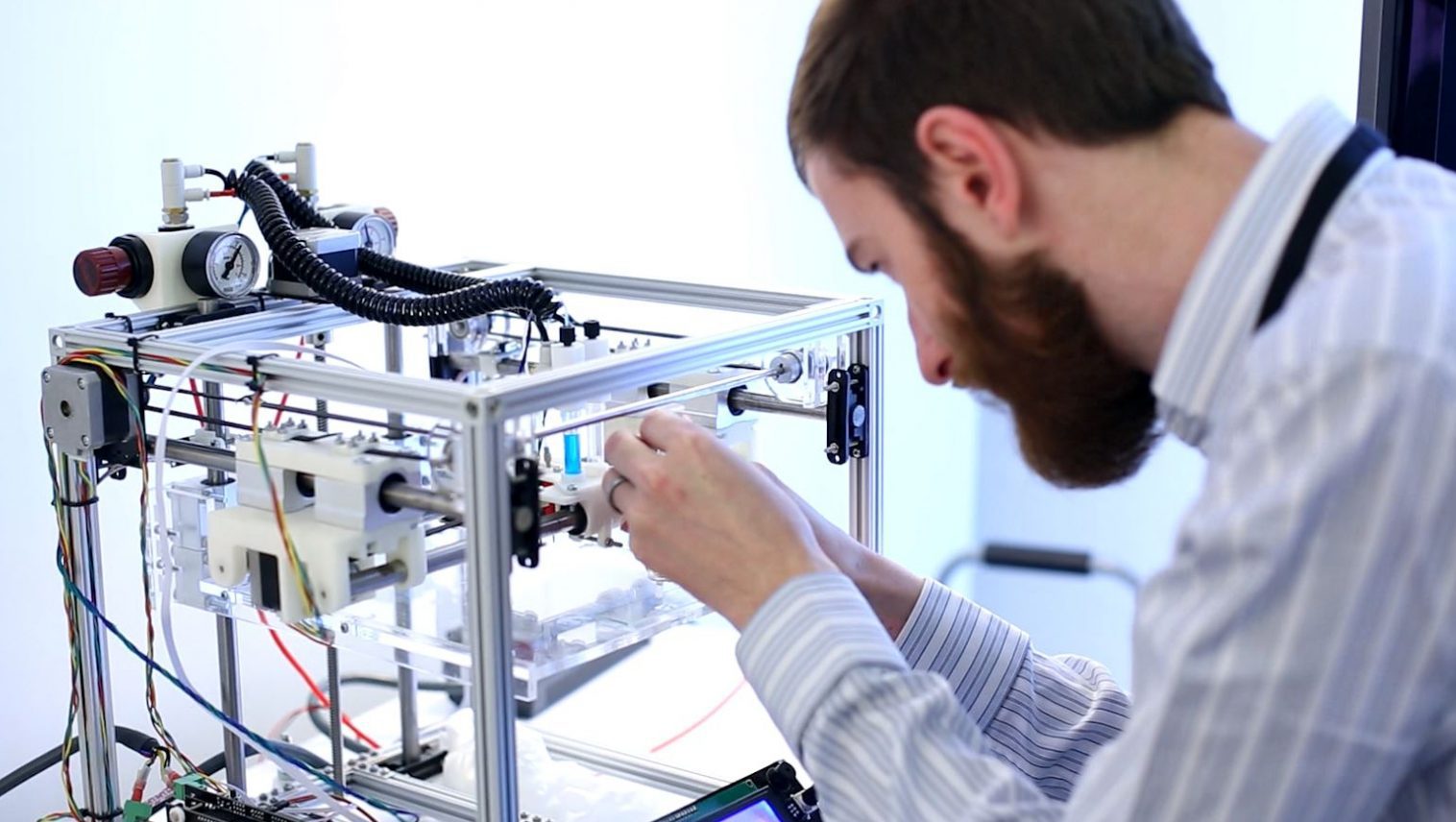Find Out How 3D Printing Is Revolutionizing Medical Surgery
Though 3D printing technology has fascinated many for its innovations across various sectors like construction and aviation, health care is one of the main areas where it’s making a big impact.

Take bone cancer for example. It’s a terrifying disease that could either be fatal or leave you without your limbs. But with the help of 3d printing, we can develop implants that could completely transform the medical field.
A team of scientists in Australia is approaching the final stages of development of a new method, designed to quickly replace the removed portion of the bone.

The ultimate goal is to provide bone cancer patients with custom-made implants that can be used immediately. This means that in one surgery it will be possible to remove the cancerous portion of the bone and fix the limb – amputation will be avoided in more of the cases.
How does it work?
Ideally, surgeons would remove a cancerous tumor, scan the bone, and create a 3D print of the needed implant. It would then be placed inside the patient.

The technology developed in a project worth millions of dollars involves the use of 3D printing, robotic surgery, and advanced manufacturing.
Not only limited to bones, 3D printing can be used for various other organs and part of our body. Hospitals around the world are printing 3D models of patients’ organs, using data from ultrasounds to re-create, say, a heart or a lung so that it can be studied in all its unique complexity prior to surgery, allowing doctors to plan how to fix it before even picking up a scalpel.

Presently, it is extremely difficult to save the limb from amputation. When a larger portion of the bone has to be removed, surgeons cannot leave the limb hanging from the skin tissue. Though the missing bone can be made using bone grafting and other technologies, it takes another surgery to insert the implant. Obviously, scientists are not expecting this option to be available anytime soon, but they are hopeful and determined – team has stated multiple times that their goal is to bring this technology to the theatre.

Scientists are still in the middle of their research. The challenge is huge because it changes every aspect of the process. The surgery itself will be modified to adapt the latest robot technology and the operating theatre would have to be equipped with necessary equipment to accurately measure what size and shape implant is needed. Furthermore, 3D printer, which also has to be specialized, must be placed fairly close to the surgery room. Finally, the entire procedure must be optimized in such a way that the surgery and the manufacturing of the new part can be carried out at the same time, without much delay.

Professor Emmanuel Josserand said: “These sorts of advanced manufacturing capabilities will ensure a competitive advantage for Australian businesses, domestically and internationally.”
This party explains the large investment – it will give economic benefit. But most importantly – more bone cancer survivors will be able to carry on living without a permanent disability.
Credits: IB Times, Autodesk
